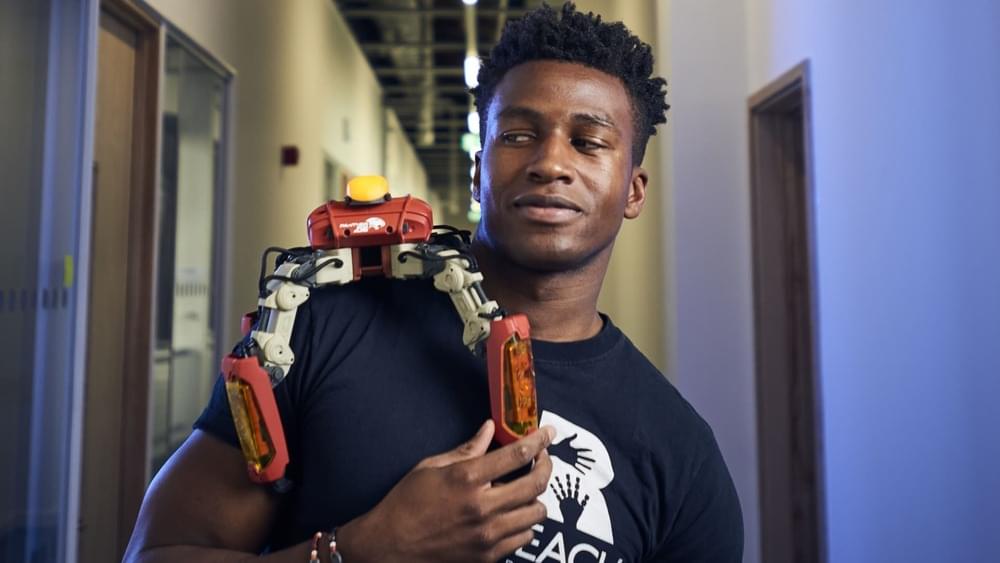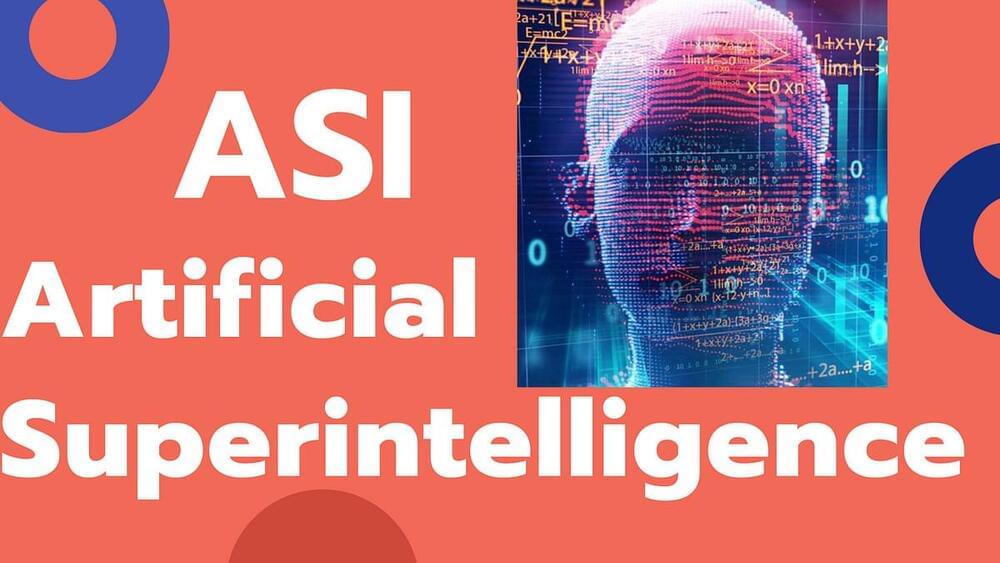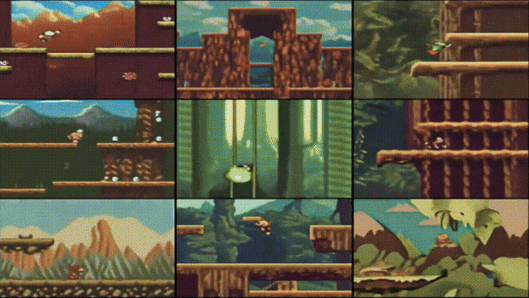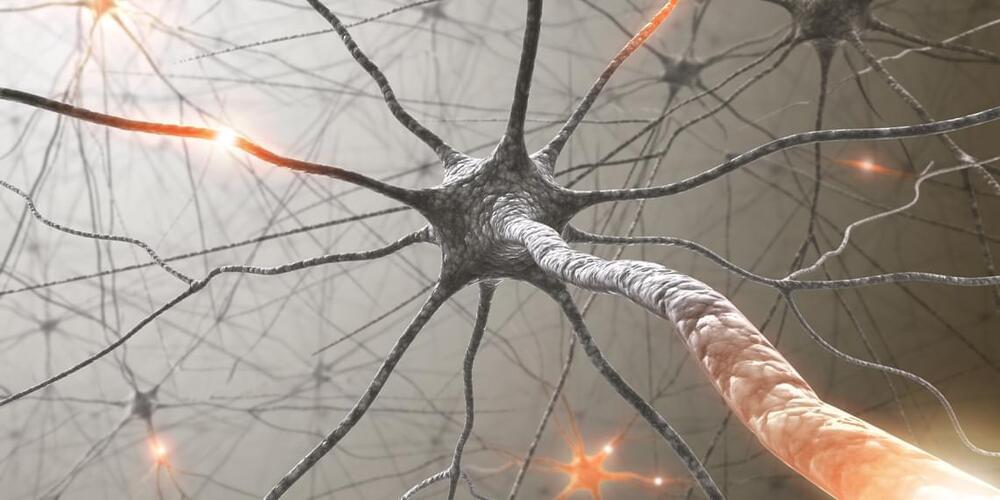Silas Adekunle was born in Nigeria and moved to the UK at about 11 years old. He spent much of his childhood obsessed with science and technology, playing with Lego robot kits and watching YouTube videos to get ideas for simple robots he could build himself at home.
Now 27, Adekunle is the CEO and founder of a robotics company that he says has raised $10 million in funding. He also built what he calls the world’s first gaming robot, which impressed Apple executives enough that, in 2017, the tech giant signed an exclusive distribution deal with Adekunle’s UK-based company, Reach Robotics. Apple now sells the robots at $250 a pop.
Adekunle still remembers the first time he built his own robot, “if you could even call it a robot,” he tells CNBC Make It. He was only about 9 years old, still living in his hometown of Lagos, Nigeria.






